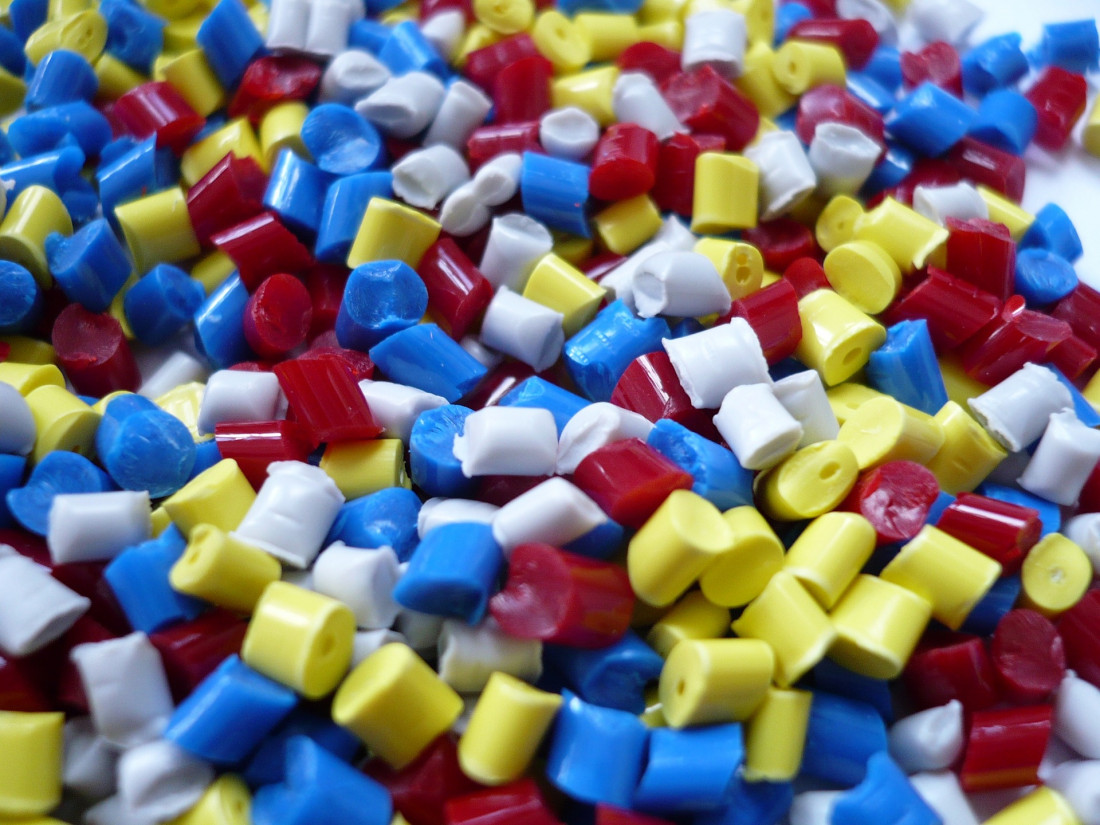Thermoforming plastic is to date one of the most effective ways of mass producing plastic parts. So much of the modern world (anything from disposable coffee cups to car doors and dashboards), are created by this simple process. But the problem has always been that the technique is not cost effective for smaller batches or individual pieces with intricate shape and colour detail. For products requiring those specifications, expensive machines with hi-tech calibration are required. This has lead to plastics manufacturers who wish to add more colours to their products using paint or stickers to create coloured detail, or worse still opting for expensive 3D printing. That is until now.
As the online trade journal ‘Inside 3D Printing’ reports, “A group of researchers, from both the Switzerland-based ETH Zurich and Disney Research Zurich, have just unveiled an extremely unique process that provides 3D prints with high-quality details in limitless colors. Their new technique, which is coined Computational Thermoforming, uses a combination of an established industrial production technique—called thermoforming—and a new specialized software, which is engineered to provide structurally complex and colored surfaces to individual pieces or small batches of objects.”
The team now plans to exhibit the technique at this year’s ACM SIGGRAPH conference in California, where they will explain the breakthrough in full. For now they have issued a press release which describes the process as follows, “The technique’s core is based on an accurate simulation of the plastic thermoforming process, which ETH doctoral student Christian Schüller developed in the Interactive Geometry Lab under the supervision of ETH Professor Olga Sorkine-Hornung. The simulation computes an image from the coloured surface of a digital 3D model, which is then printed on to a plastic sheet. Through thermoforming, this sheet is then heated and forced into a three-dimensional shape. The key lies in computing the deformed image, so that the colours and patterns align perfectly with the geometric details of the mould.”
In the first step, “a simple 3D printer is used to produce a negative mould of a model made of polylactic acid (PLA), a single-colour plastic. This forms the basis for the temperature-resistant gypsum mould, which is required in thermoforming.”
A computer then calculates the texture of the model, and using a standard laser printer transfers the colour image to a special transfer paper, and then through a heat and pressure process onto a plastic sheet.
“The printed plastic sheet is clamped in a thermoforming machine above the gypsum mould and heated until it becomes malleable. A vacuum quickly sucks the air from between the sheet and the gypsum cast, setting the plastic tight on to the gypsum mould like a skin – creating the plastic replica.”
While the sheet with the image changes shape to match the plastic mould, the computer has already compensated for that change and the colour image perfectly matches the contours of the product.
For now the technique is believed to only have a use on a smaller scale, such as for use by hobby modellers, architects models, manufacturers prototypes etc. However, the relative simplicity of the process combined with the high specification in how multiple colours can match complex contours has attracted the attention of larger producers who are considering how the method can be adapted for large-scale manufacturing.
If this transition is possible, whilst maintaining low production costs, then our world may be about to get a lot more colourful.
You can see the process in action on this YouTube clip.

